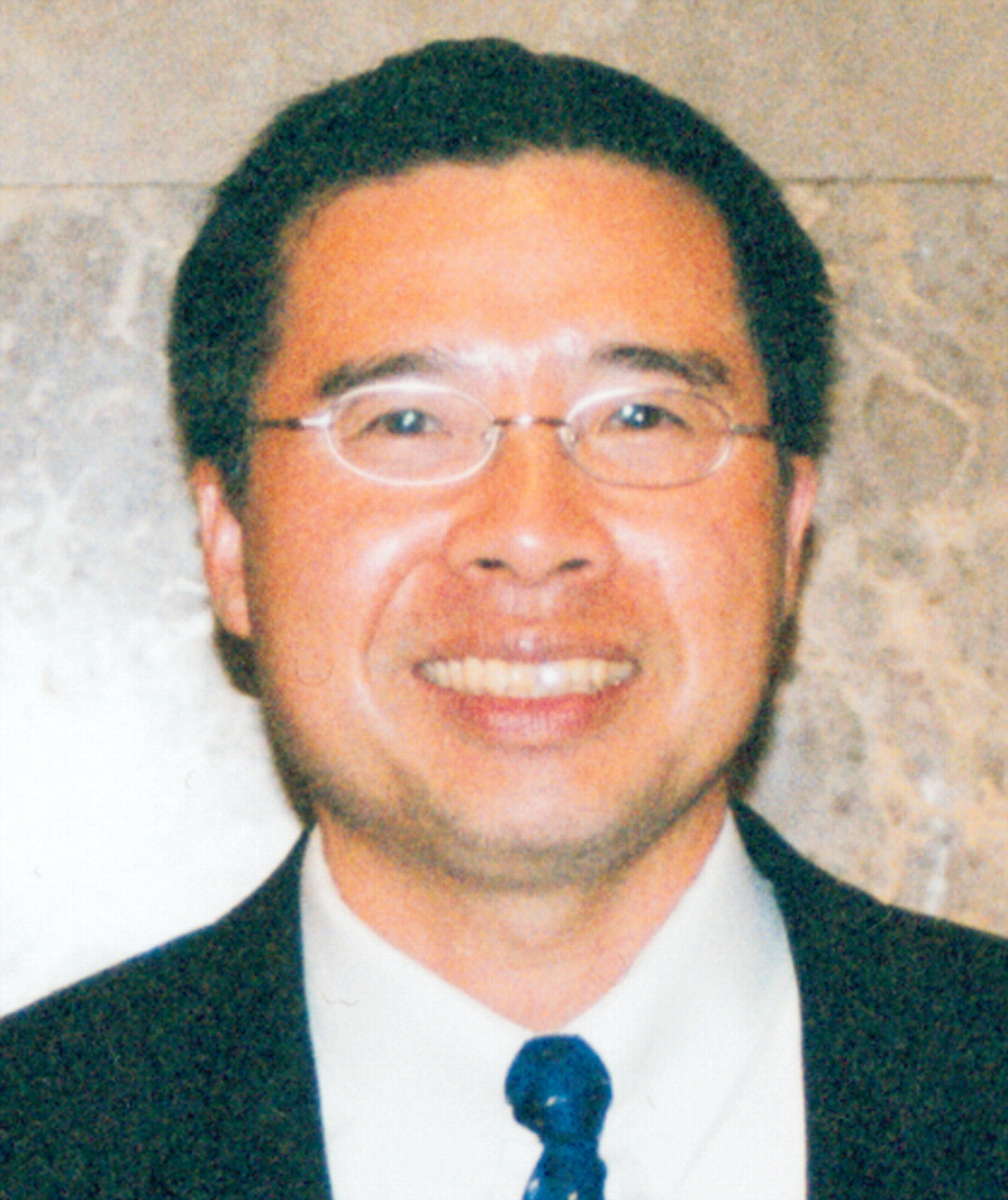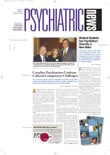Although Asian Americans have some of the highest suicide rates in the United States, many are reluctant to access mental health services due to stigma and shame. Those who do seek treatment must often wait for months before sitting down with a psychiatrist or mental health practitioner.
Henry Chung, M.D., illuminated the problems facing Asian Americans with mental illness at a meeting whose theme was “Overcoming Stigma in Asian American Mental Health” in New York City in October. The meeting was sponsored by the New York Coalition for Asian American Mental Health, an organization established in 1988 to improve the quality of mental health care services available to Asian Americans in the New York City area.
“Are we not restigmatizing Asian-American patients again by telling them, `I know you need help, but you must wait three to six months before you can get care?'” asked Chung, who is a clinical associate professor of psychiatry at New York University School of Medicine and senior director of research and strategic management at the Charles B. Wang Community Health Center in New York.
One mental health problem that must be dealt with immediately is suicide, and Asian-American women commit suicide at higher rates than women from other ethnic groups in the United States, Chung said.
In data compiled from 1990 to 2001 by the National Center for Health Statistics of the Centers for Disease Control and Prevention, the suicide rates among older Asian or Pacific Islander (API) women consistently topped those for elderly women from other ethnic groups.
For example, in 1995, there were 8.6 suicides per 100,000 people among API women over age 65, compared with 5.8 suicides for age-matched white women and 2.1 suicides for age-matched African-American women. (Suicide rates for Latino women over age 65 were listed as unreliable due to the low frequency with which such events were reported.)
Elderly Asian patients also had the highest rates of death ideation—passive death wishes—and suicidal ideation in one primary care study, according to Chung.
In the Primary Care Research in Substance Abuse and Mental Health for the Elderly study published in 2002, psychiatrist Stephen Bartels, M.D., examined more than 2,000 primary care patients aged 65 and older with depression, anxiety, and risky alcohol use. He found that Asians had the highest rate of death ideation (37.8 percent) when compared with Latinos (34.8 percent), whites (27.2 percent), and blacks (21.76 percent), and the highest rate of suicidal ideation (18.9 percent) when compared with whites (13.5 percent), blacks (5.3 percent), and Latinos (5 percent).
“These are our elderly folks walking around in the community,” Chung said. “These are your parents and my parents.”
Depression, in particular, often goes unnoticed in the primary care setting, he noted.
Chung conducted a study of 252 Asian and Latino patients entering a public ambulatory medical clinic over a six-month period and found that 41.6 percent of the Asian patients had symptoms of depression, yet only 23.6 percent of them were identified as such by primary care physicians working in the clinic.
“The problem was not that we had bad doctors,” Chung remarked,“ but that these patients did not come in complaining of psychological problems—they didn't say they were worried or sad.”
Asian patients with depression instead tend to complain of backaches, headaches, or other somatic complaints, he said, “and if they don't volunteer information about their depression, it can be difficult to recognize it.”
Chung also emphasized the impact of stigma on Asian Americans with mental illness. Many are hesitant to acknowledge symptoms of mental illness because such admissions may damage the reputation of the person's family in their community.
As a result, utilization rates of mental health services are low among Asian Americans.
For instance, Chung cited data from a study conducted by Sheying Chen, Ph.D., showing that although Asian Americans comprised 9.1 percent of the San Diego County population, they only represented 3.6 percent of those receiving mental health services in the county.
Removing cultural and language barriers that keep many Asian Americans away from the mental health system may improve utilization of mental health services in this population, Chung said. “An ethnic match between clinicians and patients can increase treatment utilization and retention.”
Individually, clinicians can more successfully engage Asian-American patients by helping them to achieve goals valued in Asian culture.
“Asian patients value employment, a concrete means of demonstrating their value to society and to their families,” Chung said. “One way to engage Asian patients is to ask, `What if I were to tell you that by getting treatment, I could help you to be more satisfied with your job and family?'”
Chung recalled antidepressant advertisements in which consumers wore wide smiles after receiving treatment. “That does not work for this community,” he said. “`Don't worry about the smile—I want a job, a future for myself, and a future for my family. Do that for me, and maybe I'll listen to you.'”
Chung encouraged clinicians to “organize ways of engaging patients and improving coordination of care,” for Asian patients, which includes streamlining treatment plans that are unnecessarily complex.
He also advised them to adopt evidence-based treatments. “We need to take what works, adapt it to our practices, and then put it to work in our communities,” he said.
More information about the New York Coalition for Asian American Mental Health is posted online at<www.asianmentalhealth.org/>.▪

